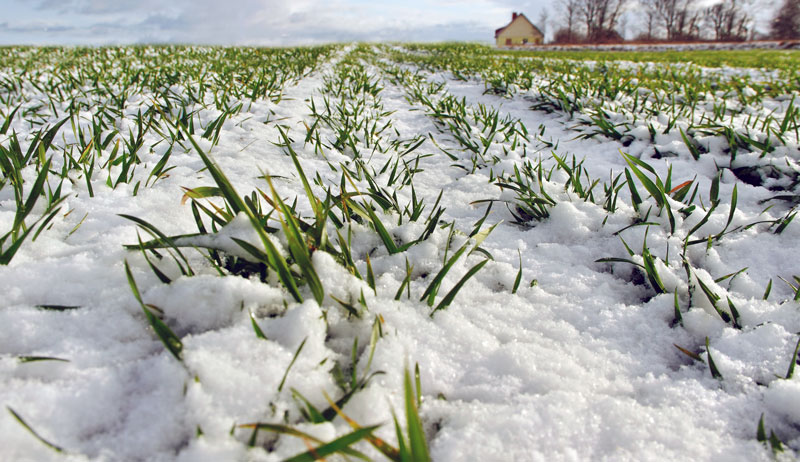This post may contain affiliate links.* As an Amazon Associate I earn from qualifying purchases. Click here to read our affiliate policy.
Estimated reading time: 9 minutes
Young tree leaves are the best to eat. This is one of the most important lessons when it comes to harvesting edible tree leaves.
When your delicious spinach leaves and lettuce leaves bolt, or go to seed, you know that they become tough and bitter. The same is true of these edible tree leaves. They are best harvested in the spring or off of new growth that is young and tender.
Article continues below.
Late season leaves are going to be the most bitter and the most fibrous.
Want to save this post for later? Click Here to Pin It On Pinterest!
How to Eat Tree Leaves
Of course, you can just tear them off and chew them up. I would recommend you get a little more creative if you want to add edible tree leaves to your diet.
Foraged Salads
If you are out foraging wild edible tree leaves then you might as well forage some other edible greens, too. Plan on adding all of these foraged foods together to create some kind of simple salad. You can even mix foraged foods with salad lettuces from your own garden.
Purees
Wild edible tree leaves can be added to smoothies or even pureed and added to soups and pesto.
Fresh or Dried Teas
Tea is a great way to enjoy wild edibles like tree leaves. Drying the leaves will make them last longer but having tea leaves that are fresh often has a different kind of flavor.
Wraps
Larger edible leaves can be used to wrap up things like rice or meat stuffings.
11 Trees With Edible Leaves
1. Maple
Maple trees require a bit of work up front depending on the species. Young Japanese maple leaves can be battered and fried. Larger maple leaves are supposed to be layered in a container and dusted with salt then left in a cool dark place for up to 10 months!
The process sounds crazy, but this is how you can preserve the leaves. Batter fried, they are dusted with powdered sugar as a tasty treat. Maybe even drizzled with a little maple syrup?
Want to prep but not sure where to begin?
Click Here to Get Your FREE One Year Urban Survival Plan!
2. Mulberry
The mulberries get all the love when we are talking about this tree. Few people take advantage of the wild edible leaves as a resource. Mulberry leaves always reminded me of puzzle pieces. They are one of the rare trees, like sassafras, that has a few different shapes of leaves on a single tree.
There are five segmented leaves that look like stars with rounded edges, then there are fuller, thicker versions of these leaves and finally there is a leaf that looks like…









